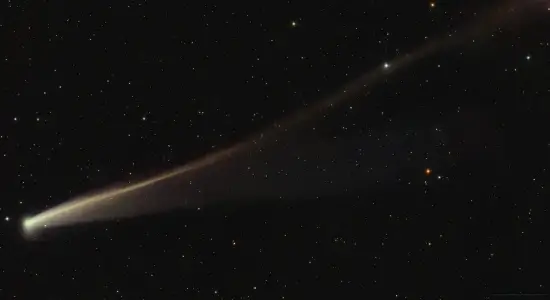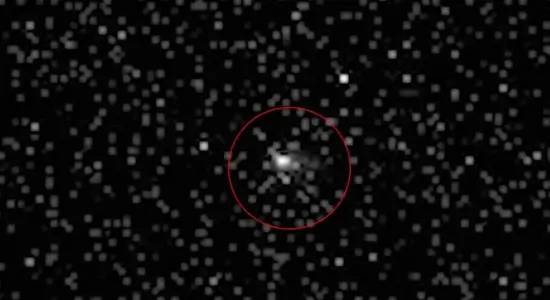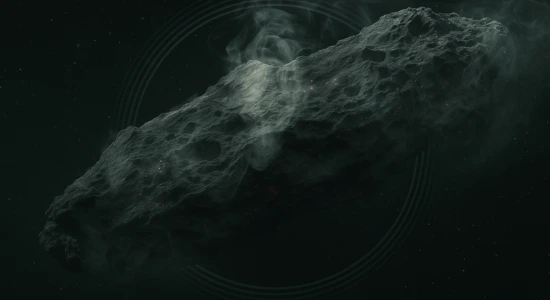Because the knowledge of aliens in the past was relatively small. Our understanding of extraterrestrial life is very narrow compared to today. Both about appearance and purpose of visiting the world Many pieces of evidence are strange or unusually familiar. Therefore, it is always associated with aliens. The Atacama skeleton is also one of them.

In 2003, the skeleton was discovered in the Atacama Desert, a desert stretching from southern Peru to northern Chile. The findings may not be very exciting. If it wasn’t a humanoid skeleton But instead it is small, only 15 centimeters, plus a long slender skull. Deep sockets and larger than usual eyes, long neck, limp limbs, all of which only remind us of aliens at the time. The skeleton was later given the nickname Ata and the full name Atacama after its discovery.
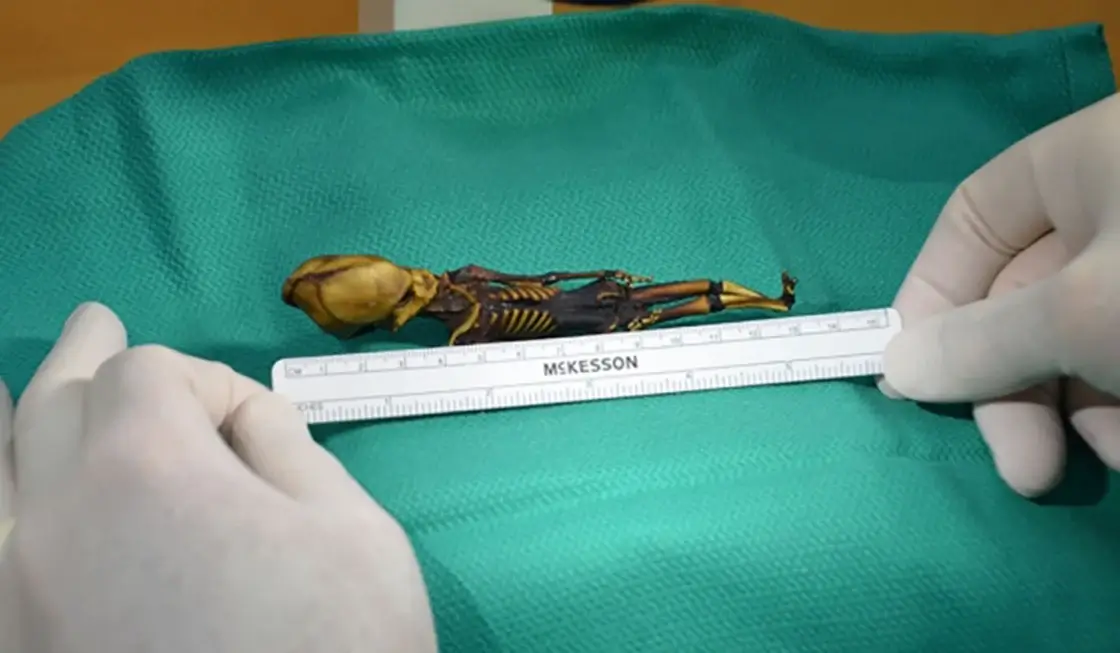
After the images of the Atacama were released to the public There has been a serious interpretation and analysis of the connection with aliens. It is believed that this is an important piece of evidence that will lead us to an ancient civilization. and communication between humans and aliens Of course, this issue caused a shock to the entire industry. because it is considered as tangible evidence clearly With information from many sources agreeing that this is one of the keys to unlocking the next secrets of the universe.
But in the end, everything changed completely. When genetic testing and analysis took place about 5 years later, it was found that this skeleton was not an extraterrestrial life. Instead, it was only a premature baby. It was also identified as a female baby of South American descent. on conditions of preterm birth and detection of abnormal DNA Can answer all questions clearly Both the number of ribs that have 20 instead of 24, the facial structure that has a distorted scale from normal people. and an overall body that looked too stunted to be a baby’s body.

At the same time, there is a debate about the nature of the Atacama, with other groups of scientists considering that Regarding the results of the genetic analysis, how much it affects this body? Indeed, it may be so small that it is almost insignificant. But it is another complication during the sudden delivery of the mother. or as a result of mummification rather than Unfortunately, it was not possible to go into much depth until reaching conclusions. Because there is an issue of ethics in examining remains involved as well.

The discovery of the Atacama was even more controversial. Because the method of discovery is very vague. It is said that it was a businessman who stumbled upon this skeleton. He said that the body was found in a cloth wrapped in another leather bag. Some say that Atacama was later sold to him by a merchant in a small town in the Atacama Desert when the beginnings weren’t quite so clear. Investigating other details to assemble is therefore difficult. If you decide to believe information on one side at all, it cannot be done 100 percent.
- EP1. Human or AI, who really destroys art?
- 5 Space Exploration Projects to Watch Through 2023
- The Eye Of Sahara, the beauty of the world that can only be seen from space.
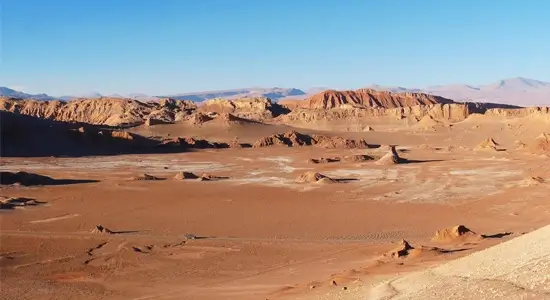
However, the story of the infant skeleton introduces us to the Atacama Desert, which has a number of interesting features. In this vast area, there were a number of mummified corpses. It’s not a human-made mummy. But it’s the creation of nature. With a high temperature and very dry desert environment It can turn a buried corpse into a mummy. According to Chincorro’s beliefs, a desert burial was also considered to show respect for the deceased.
Ref : iflscience



